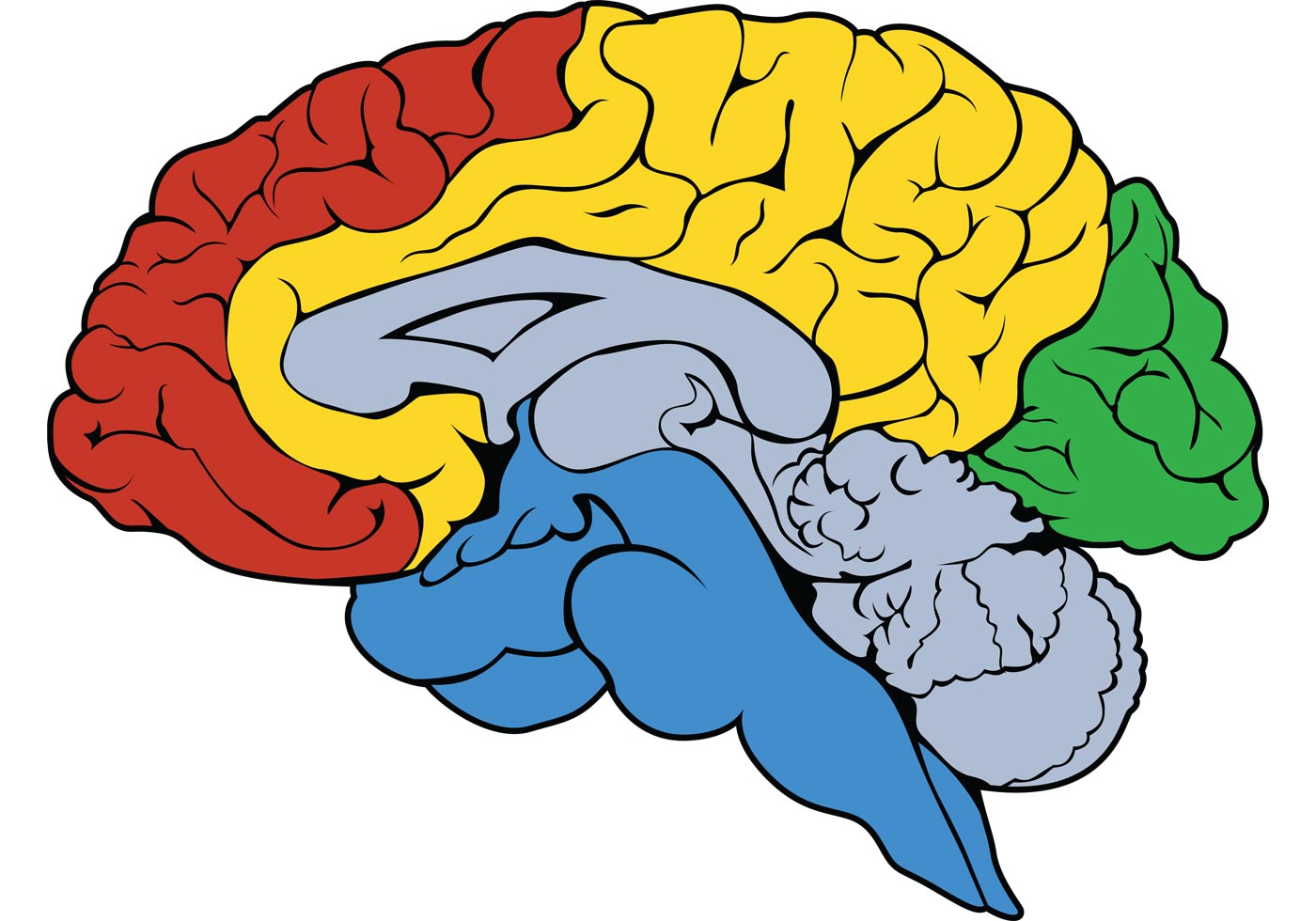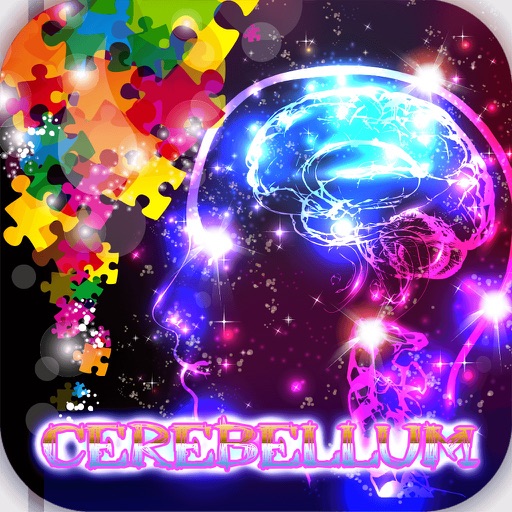
Methods: In this study, we proposed a calibration-free approach, which is based on the ideas of reinforcement learning and transfer learning, for P300-based BCI. One of reasons is that the cost of calibration reduces the convenience and usability of BCI. However, the extensive applications of BCI have not been fully achieved. The prospect of BCI serving humans is very broad. N2 - Introduction: As a direct bridge between the brain and the outer world, brain–computer interface (BCI) is expected to replace, restore, enhance, supplement, or improve the natural output of brain. © 2021, The Author(s), under exclusive licence to Springer Science+Business Media, LLC, part of Springer Nature. This study was supported by the Transformation Project of Scientific and Technological Achievements of Fuzhou, China (2020-GX-12), the Natural Science Foundation of Fujian Province,China (2019J01242) and the National Natural Science Foundation of China (62076064). T1 - A Calibration-free Approach to Implementing P300-based Brain–computer Interface Conclusions: The proposed approach, which does not need calibration but outperform SWLDA, is a very good option for the implementation of P300-based BCI.", Both PLUCB and TPLUCB have the ability to keep improving the classification performance during the process. TPLUCB has surpassed SWLDA in the sample accuracy since it starts running.

PLUCB can quickly increase the accuracies to the level of SWLDA. The results showed the merits of PLUCB and TPLUCB. Results: We tested the performances of PLUCB and TPLUCB using stepwise linear discriminant analysis (SWLDA), a commonly used method that needs calibration, as a baseline in simulated online experiments. This approach, composed of two algorithms: P300 linear upper confidence bound (PLUCB) and transferred PLUCB (TPLUCB), is able to learn during the usage by exploration and exploitation and allows P300-based BCI to start working without any calibration. Conclusions: The proposed approach, which does not need calibration but outperform SWLDA, is a very good option for the implementation of P300-based BCI.Ībstract = "Introduction: As a direct bridge between the brain and the outer world, brain–computer interface (BCI) is expected to replace, restore, enhance, supplement, or improve the natural output of brain.



Introduction: As a direct bridge between the brain and the outer world, brain–computer interface (BCI) is expected to replace, restore, enhance, supplement, or improve the natural output of brain.


 0 kommentar(er)
0 kommentar(er)
